Last-Minute NYC Holiday Gift Guide 🎁
We’ve created a holiday gift guide with presents for the intrepid New Yorker that should arrive just in time—

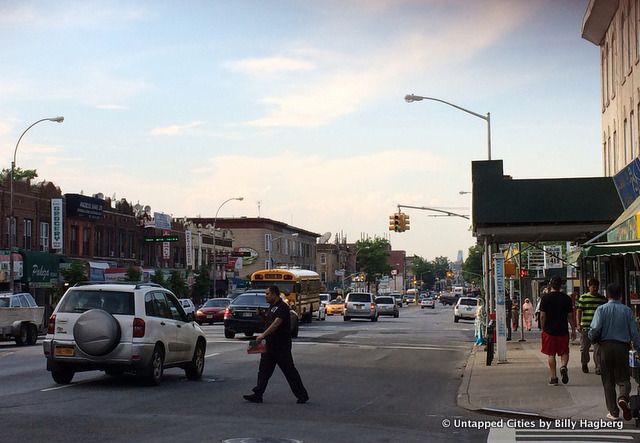
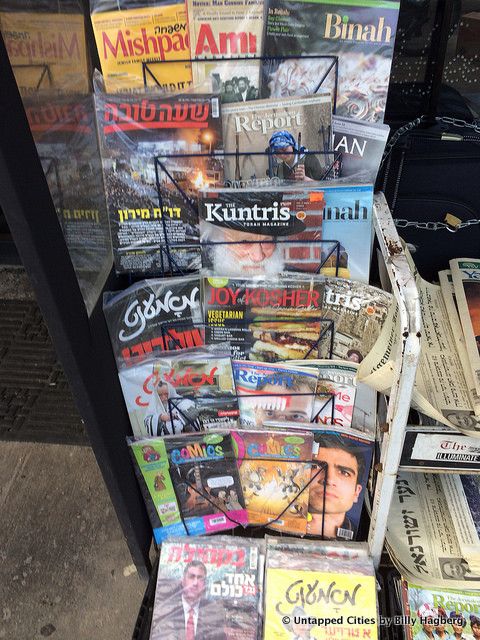


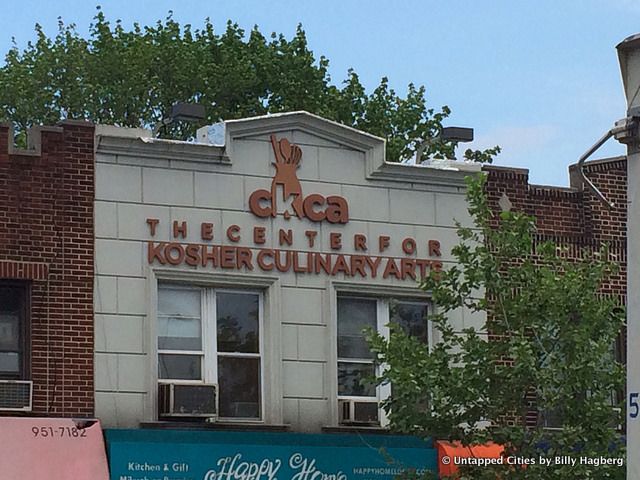
The neighborhood itself is idyllic; row upon row of beautiful townhouses stretching out between and out of Ocean Parkway and Coney Island Avenue and dotted with local businesses. The nascent Uzbek community is fairly visible, given that a large portion of it are of the Bukharan Jewish faith which observes a dress code. Bukharan Jews are native to Central Asia, descendants of the Lost Tribes of Israel exiled during the 7th century. They now live here in Brookyln, and are also in Forest Hills, Queens.
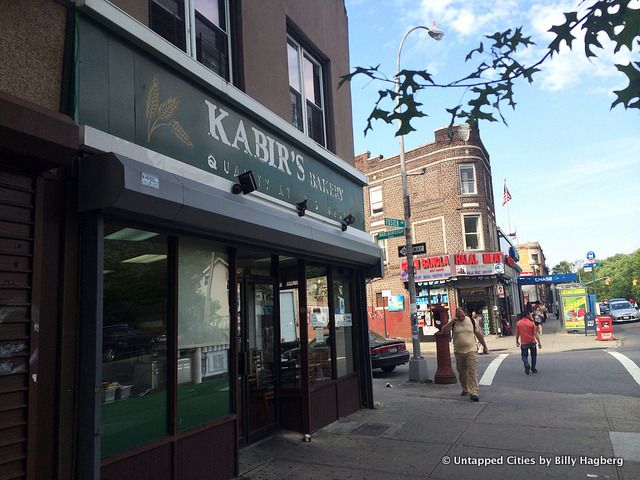
Bukharan food shops are plentiful as well, serving a mix of Central Asian, Jewish and even Chinese and Southeast Asian plates, such as palov (similar to pilaf) and oshi piyozi or stuffed onion. There are also numerous bakeries along the main drag of Coney Avenue, such as Ostrovitsky’s on Avenue J with kosher sweets and baked goods. More broadly Uzbek food like traditional and hearty beef and lamb dishes are available throughout the area, notably Uzbek Palace further South on Avenue P.
As the number of Uzbek immigrants grows in the neighborhood, it will continue to distinguish itself from other Eastern European enclaves of the area. Already a beautiful and family friendly neighborhood, with unique cuisine and cultural stores and wares, the neighborhoods around Ditmas Park and Midwood will continue to be a beautiful place to live and visit in Brooklyn.
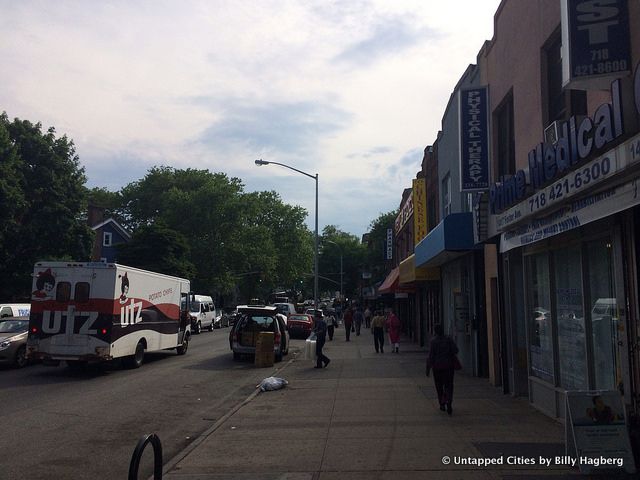
The author can be reached via Twitter @jimipage26
Subscribe to our newsletter